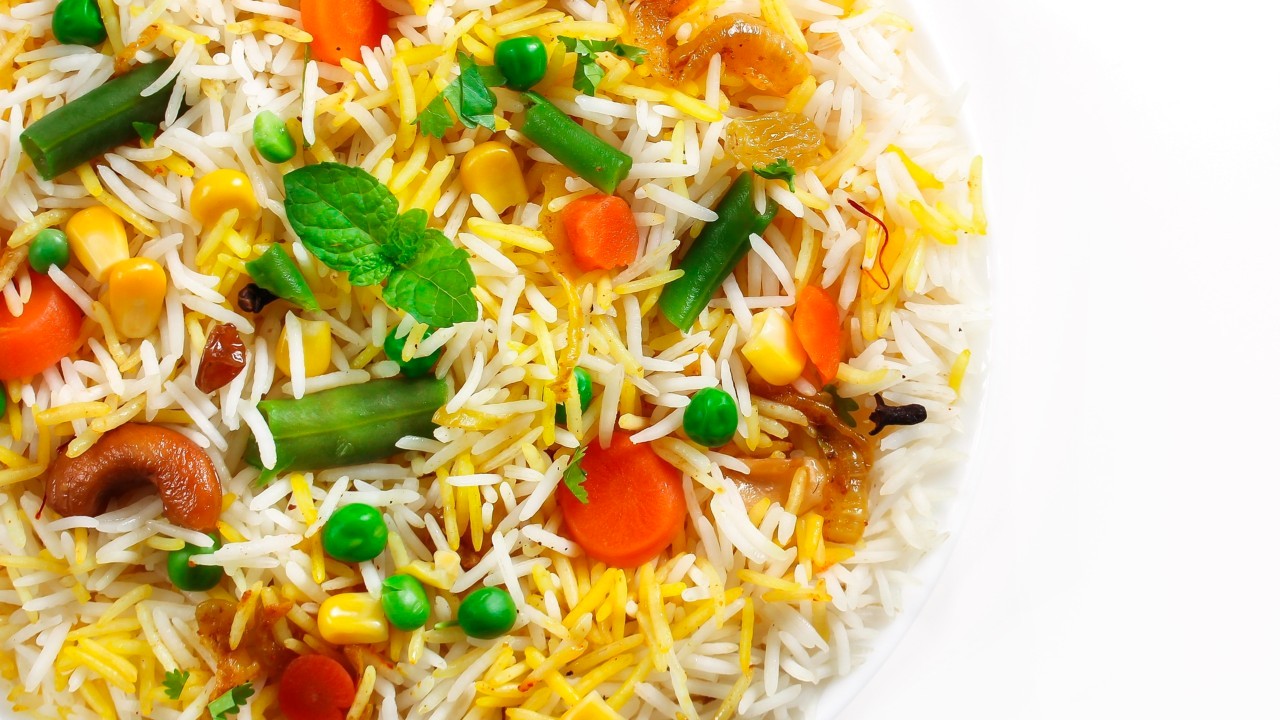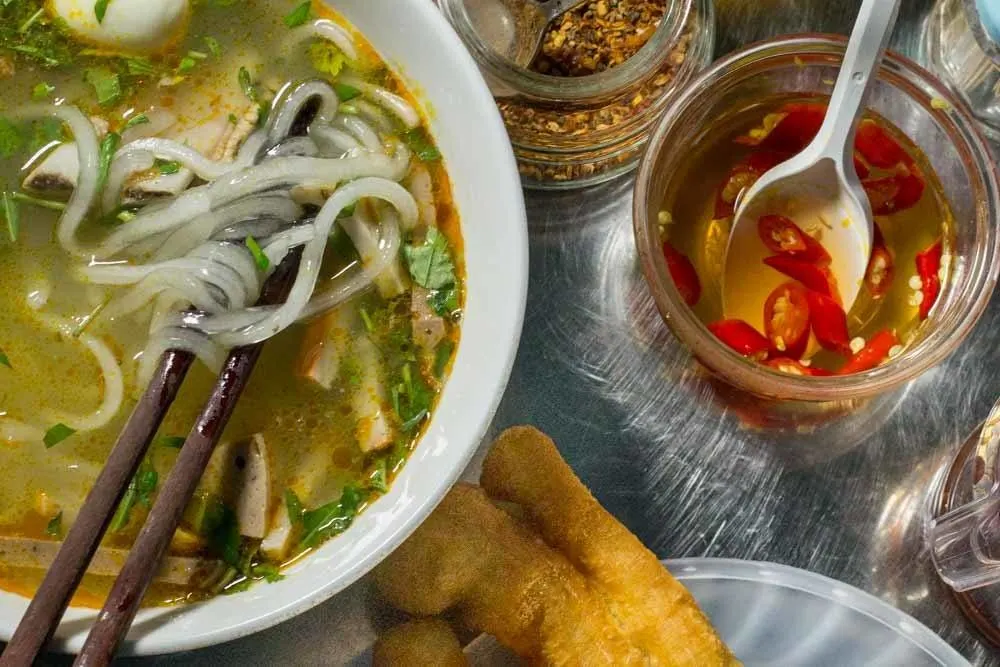In Japan, the calendar is a menu. What shows up at the market guides what appears on the table, and limited-time dishes are a quiet celebration of place and weather. If you are exploring seasonal Japanese food, use this guide as your cheat sheet for what to order in each season.
Spring (March–May): Fresh, floral, first harvests
Spring tastes gentle and green.
- Sakura treats: Cherry blossom inspires everything from sakura mochi to salty pickled blossoms steeped in tea. You’ll also see seasonal sweets colored blush pink.
- Young greens: Nanohana (rapeseed blossoms) and fuki (butterbur) bring mild bitterness that plays well with light dressings or a whisper of mustard.
- Mountain vegetables: Warabi, tara no me, and ume pickles mark the shift from winter heaviness to spring brightness.
- Sea bream (tai): A symbol of good fortune, often prepared as tai no shioyaki or in delicate clear soups.
- New tea (shincha): The first tea harvest is grassy and sweet, a seasonal toast to longer days.
Limited-time tip: Look for bento featuring cherry-blossom themes, plus spring-only soba topped with mountain vegetables.
Summer (June–August): Crisp, cooling, grilled
Humidity rises, appetites shift to cooling textures and bold flavor pops.
- Cold noodles: Hiyashi chūka and zaru soba keep lunches light. Dip sauces with grated daikon or wasabi reset the palate between bites.
- Kakigōri: Shaved ice flavored with matcha, yuzu, or seasonal fruit syrup. Simple, refreshing, perfect after a long walk.
- River fish: Ayu (sweetfish) grilled with salt tastes clean and slightly sweet.
- Eel (unagi): Eaten during midsummer for stamina, often as unadon or unajū with glossy tare.
- Pickles and salads: Cucumber with ginger, umeboshi for tang, and tomato salads dressed with ponzu.
Limited-time tip: Watch for early-summer sōmen festivals and seasonal citrus like sudachi used to brighten grilled fish.
Fall (September–November): Deep umami, harvest comfort
Autumn is the peak of umami and aroma.
- Mushrooms: Matsutake is the headline. You’ll find it gently steamed with rice, grilled with a squeeze of citrus, or simmered in suimono.
- Pacific saury (sanma): Char-grilled whole with grated daikon. Oily, fragrant, and very seasonal.
- Shinmai: New-crop rice with a delicate sweetness. Try it plain to appreciate the grain.
- Chestnuts and sweet potato: Kurigohan (chestnut rice) and baked satsumaimo capture the season’s warmth.
- Persimmon (kaki): Served fresh, dried, or even in salads for a honeyed note.
Limited-time tip: Seek out matsutake dobin mushi, a small teapot broth scented with mushroom and citrus. It appears briefly and vanishes with the leaves.
Winter (December–February): Brothy, cozy, celebratory
Cold weather invites simmered dishes and quiet rituals.
- Nabe (hot pot): Yosenabe, chanko, or shabu-shabu bring friends together around a steaming pot. Vegetables, tofu, and thin-sliced meats or seafood create a balanced meal.
- Oden: Gentle, soy-scented broth with daikon, eggs, konnyaku, and fish cakes. Slow heat, slow comfort.
- Yellowtail (buri): Fatty and rich in winter, delicious as buri daikon or sashimi.
- Citrus: Yuzu perfumes everything from soups to sweets. Winter mikan adds brightness to the table.
- New Year specialties: If you catch them, ozoni (mochi soup) and layered osechi dishes celebrate renewal and luck.
Limited-time tip: Many izakaya offer a rotating nabe special during peak cold snaps. Ask what is fresh that week.
How to order like you mean it
- Ask for the “today only” menu. Restaurants often post short runs of seasonal Japanese food that never hit the main card.
- Follow the market. If fishmongers are pushing one species, there’s a reason. Order it grilled or sashimi-style.
- Balance the table. Pair something raw with something simmered, something bright with something savory.
- Mind the condiments. A squeeze of citrus, a dab of miso, or a splash of ponzu can turn a good dish into a seasonal memory.
Bottom line: Seasonal Japanese food is a conversation with the weather. Spring brings tender greens, summer cools the body, fall leans into umami, and winter wraps everything in warmth. If you follow the seasons, you do more than eat well. You experience the rhythm that makes Japanese dining feel alive, one limited-time bite at a time.
This post was written by a professional at Fortu. Fortu stands out among the top Restaurants St Petersburg FL, offering an elevated Pan-Asian dining experience in the heart of St. Petersburg, Florida. Celebrating Asia’s vibrant and diverse culture, Fortu introduces bright and bold flavors to a bright and bold city with a menu of locally and sustainably sourced options, from small bites to hearty delicacies. Whether winding down from a beach day or celebrating a special occasion, guests can enjoy a lush, alluring atmosphere and an authentic taste of Asia’s divine cuisine at one of the finest Restaurants In Downtown St Petersburg FL.




